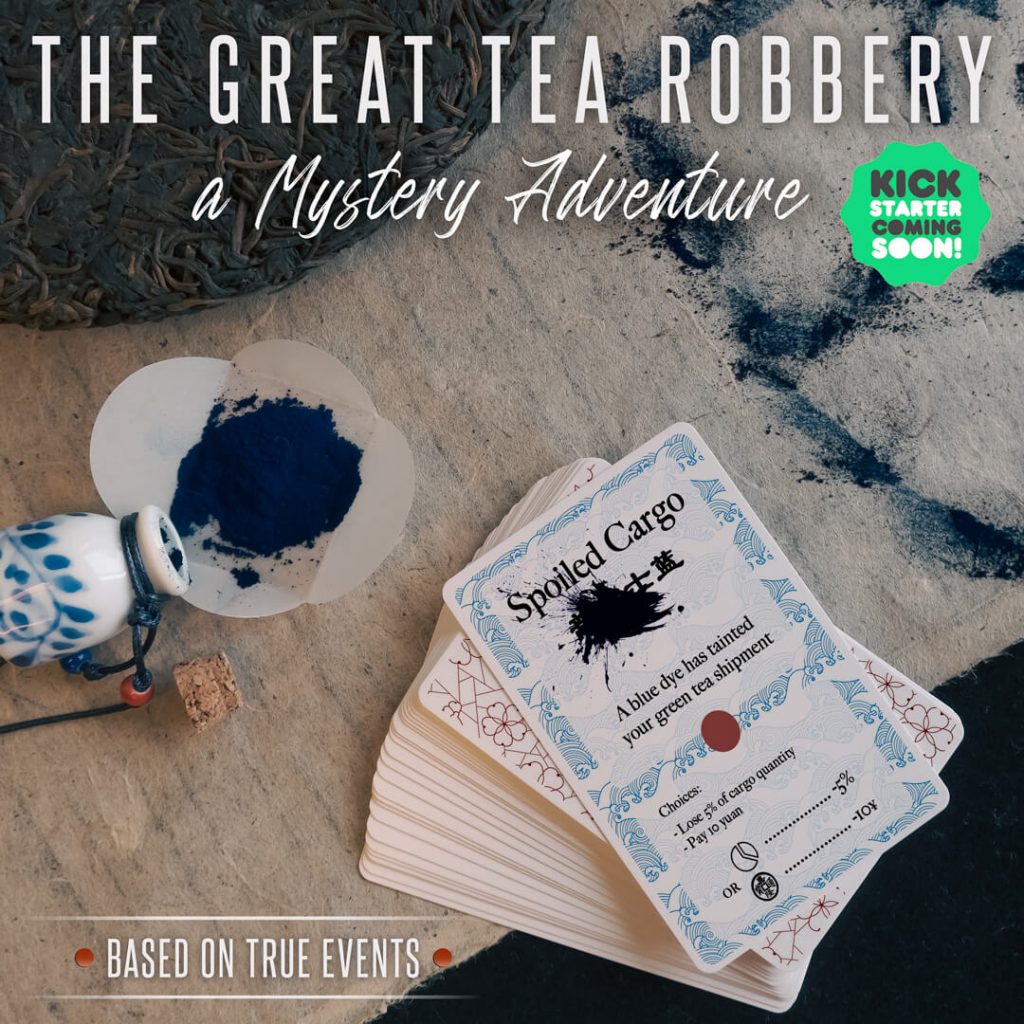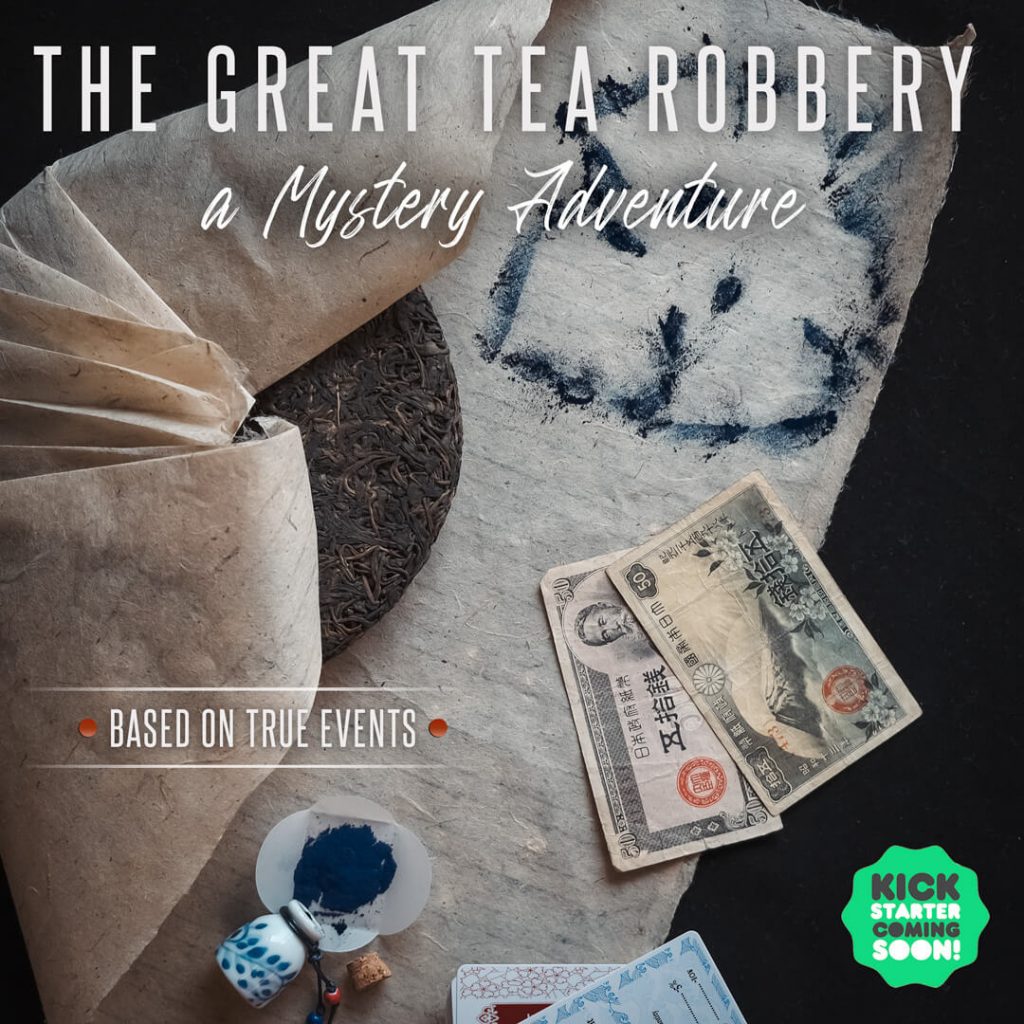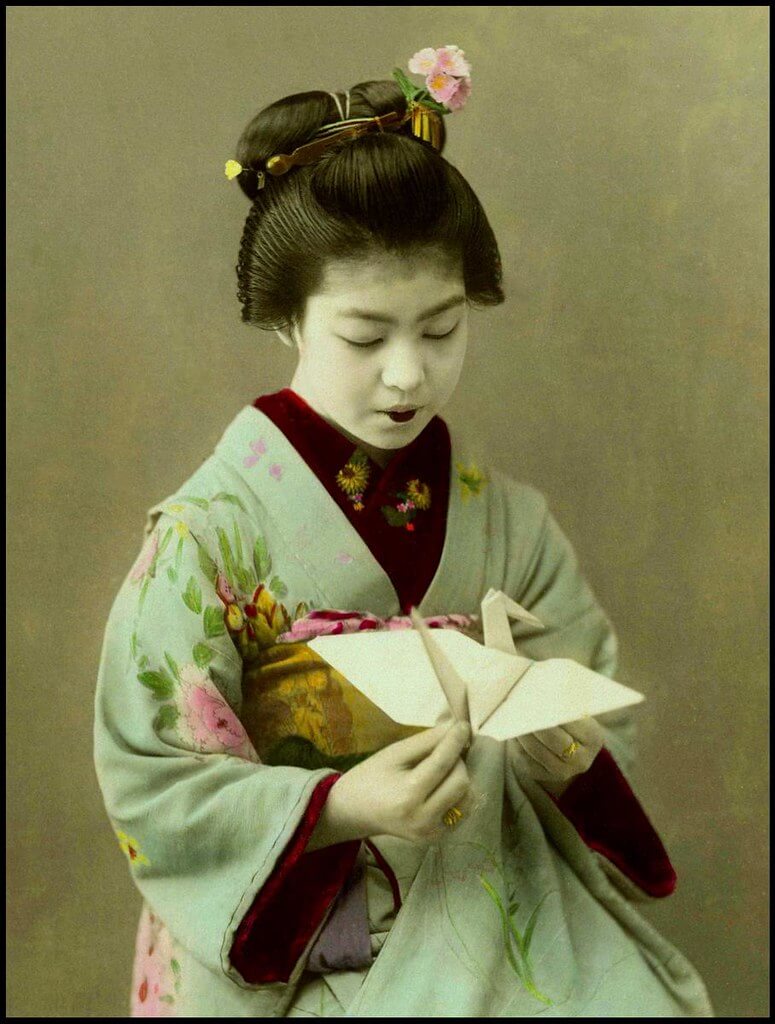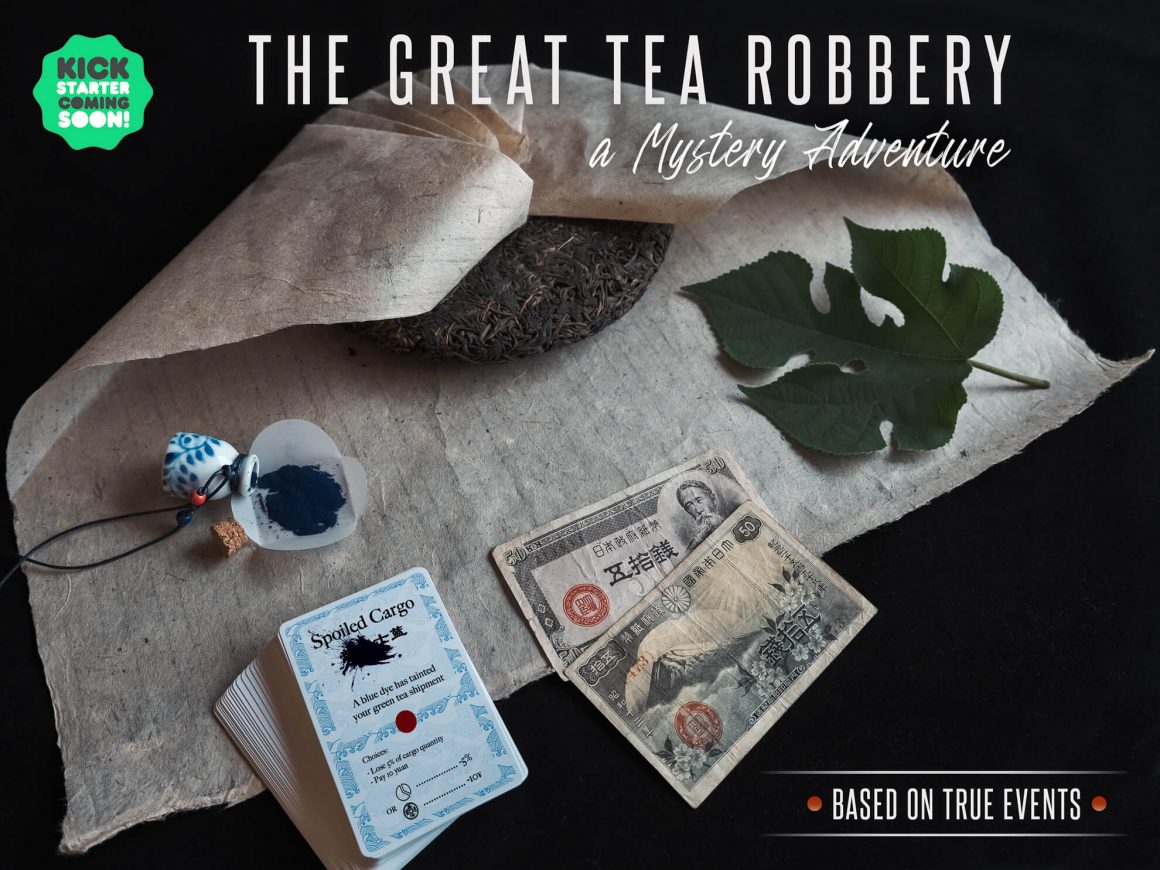A Little puzzle
Can you figure out the name of this tree’s leaf?
Hint 1: The Puerh tea wrapping paper and banknotes in the image originate from the inner bark of this tree.
Hint 2: These characters on the banknotes are indeed Chinese, but the banknotes themselves are not from China.
Read below for the answer…

In the mid-19th century, the intrepid botanist Robert Fortune embarked on a remarkable journey to China, fueled by a passion for plants and a thirst for adventure. His mission: to explore the botanical wonders of a land shrouded in mystery and secrecy. While historical records shed light on Robert Fortune’s voyages, there are intriguing aspects of his journey that remain elusive. This prompts us to contemplate the innovative approaches he may have taken.
A Challenge of Artistry
As Fortune roamed the lush landscapes of China, he encountered a botanical wonderland unlike any other. Towering bamboo groves, intricate orchids, and the mystical Camellia Sinensis, the tea plant, all beckoned his attention. However, there was a challenge – Fortune was a botanist, not an artist. How would he goes about drawing these magnificent specimens.
Nature’s Canvas
In an era long before smartphones and digital cameras, how did Fortune record the exquisite flora he encountered? He turned to a humble but versatile material: paper mulberry (and another, which I’ll keep concealed for the moment). This plant, native to East Asia, had been used for centuries to create paper. Fortune repurposed it as his canvas.
Paper Mulberry: A Natural Sketchbook
Fortune would press plant specimens onto the paper, capturing intricate details of leaves, petals, and seeds. This ingenious approach allowed him to create a tangible record of the plants he encountered, preserving their essence for further study.

When confronted with a leaf bearing a special and unique shape, much like the paper mulberry’s distinctively lobed leaves, he might have employed an additional technique. Using finely ground powder, dye, or ink, he could trace around the leaf, highlighting its outline and showcasing its distinctive features.
A Living Legacy
Remarkably, the paper mulberry continues to play a vital role today. While it once served as the foundation for ancient Chinese scrolls and documents, it now finds a place of honor in Japanese banknotes and origami. Its durability and versatility have transcended time, just like Robert Fortune’s pioneering work.

The Botanical Explorer’s Spirit
Robert Fortune’s journey to China not only expanded the Western world’s knowledge of plants but also highlighted the indomitable human spirit in the face of challenges. He may not have been an artist in the traditional sense, but he used nature’s canvas to bring the beauty of Chinese flora to the world.
